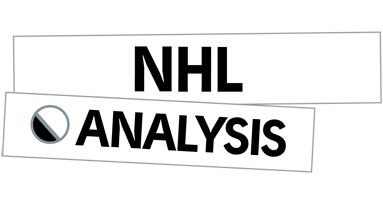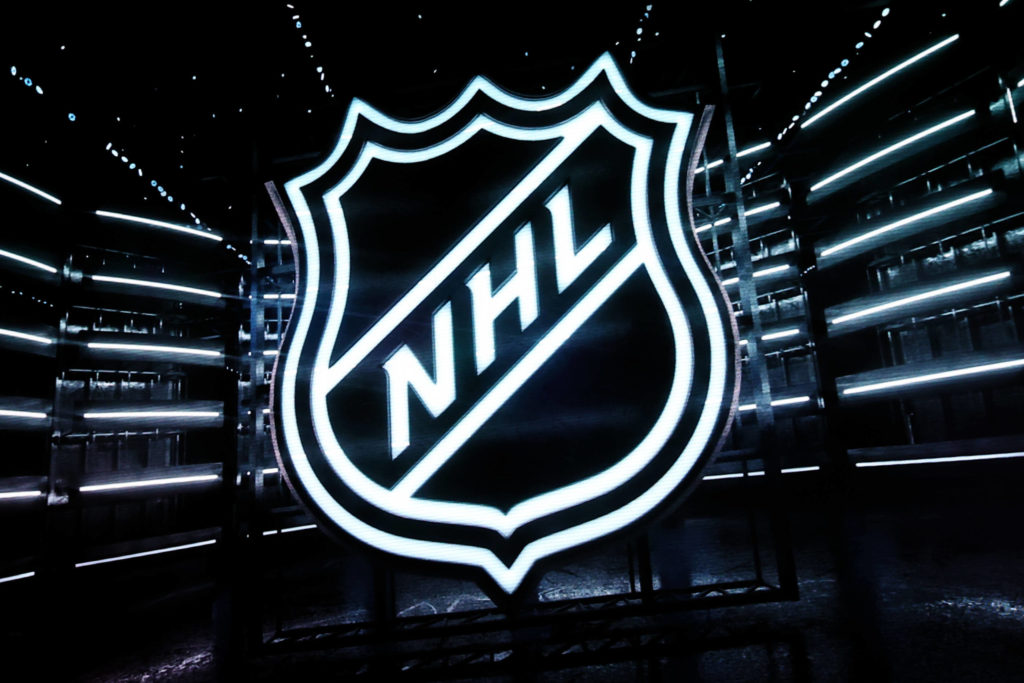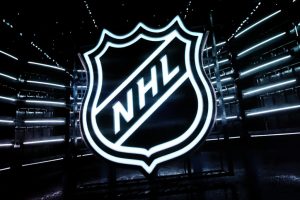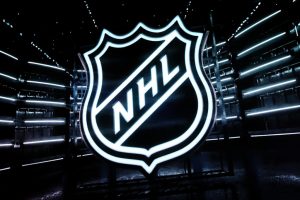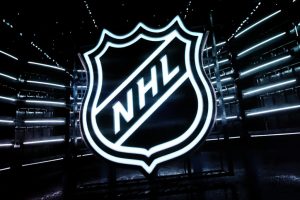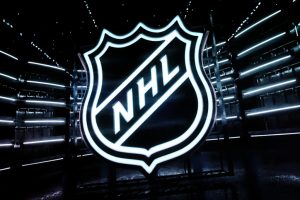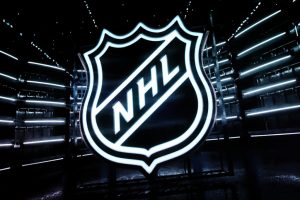In recent news, there’s been a proposed change in the world of hockey that has many people talking. The proposal is related to video reviews for “Puck Over Glass” situations and suggests that coaches should have the authority to challenge these incidents. However, some believe this responsibility should fall under the purview of the National Hockey League (NHL) instead.
The Puck Over Glass rule is one of those unique aspects of hockey that can drastically shift momentum during a game. When a player deliberately shoots or bats using his hand or stick, any puck out of play over the glass in his defensive zone results in a minor penalty due to delay-of-game.
However, determining whether it was intentional or not could be subjective at times and may lead to controversial decisions on ice. That’s where video review comes into play – providing an opportunity for another look at what transpired.
Under current regulations, referees are responsible for making this call on their own without any assistance from replay footage. But with technology advancing rapidly 📺 , why shouldn’t we use it to our advantage?
The idea being floated around proposes giving coaches more power by allowing them to challenge Puck Over Glass calls via video review if they feel like an error has been made.
On paper, this sounds like a reasonable suggestion as it gives teams greater control over potentially game-changing decisions and ensures all parties involved strive towards fair gameplay.
But herein lies an issue: Shouldn’t such important decision-making powers rest with unbiased entities rather than individuals who might have vested interests? This brings us back full circle – shouldn’t oversight come from NHL itself?
By placing such power directly within NHL’s hands would ensure neutrality while maintaining integrity throughout games. It prevents potential biases that might arise when coaches are given too much influence over critical rulings which could sway match outcomes unfairly.
Moreover, NHL already utilizes centralized Situation Room in Toronto for other types of reviews; adding Puck Over Glass calls seems like a logical extension of their duties.
Another crucial point to consider is the potential for game delays. If coaches are given the power to challenge, this could lead to more stoppages and longer games – something that both players and fans might not appreciate.
In conclusion, while it’s clear that technology has an important role in modern sports, how we choose to implement it is equally significant. The proposed change may seem beneficial on surface level but digging deeper reveals potential issues that need addressing before implementation.
Therefore, as discussions continue about video review changes for Puck Over Glass situations; perhaps it would be wise for NHL authorities themselves rather than individual team coaches to take charge ensuring transparency and fairness in every match.
